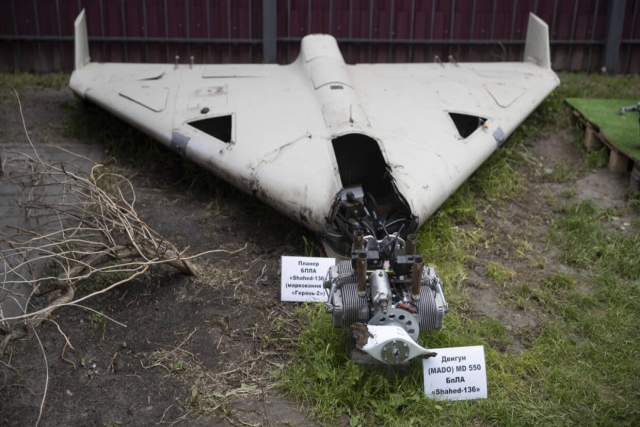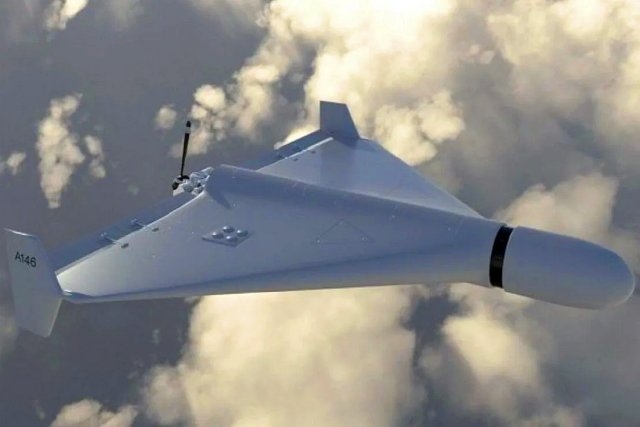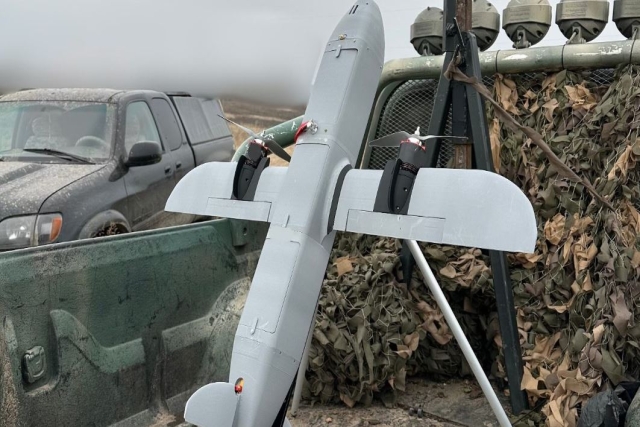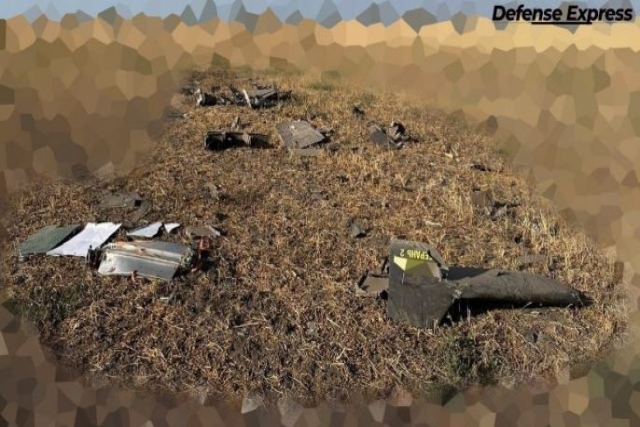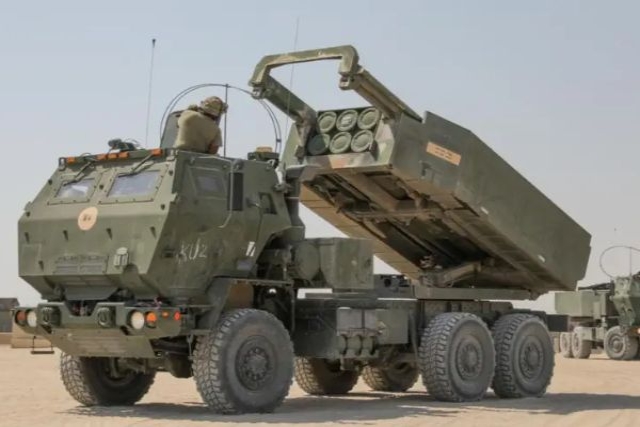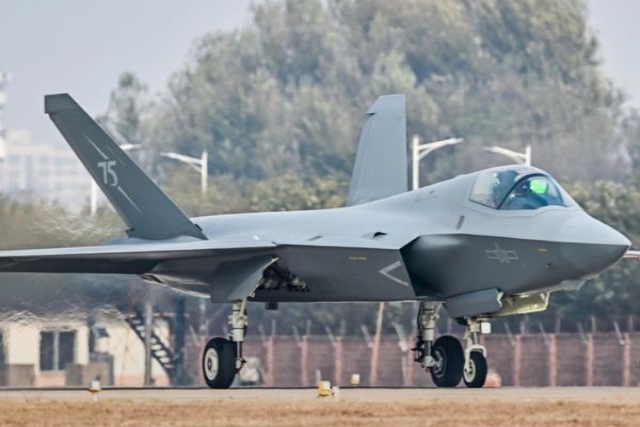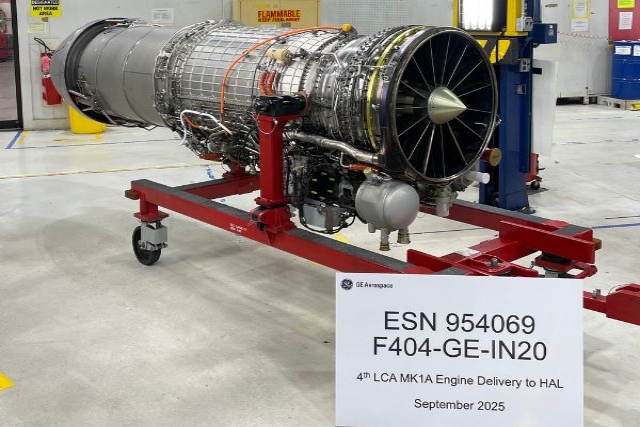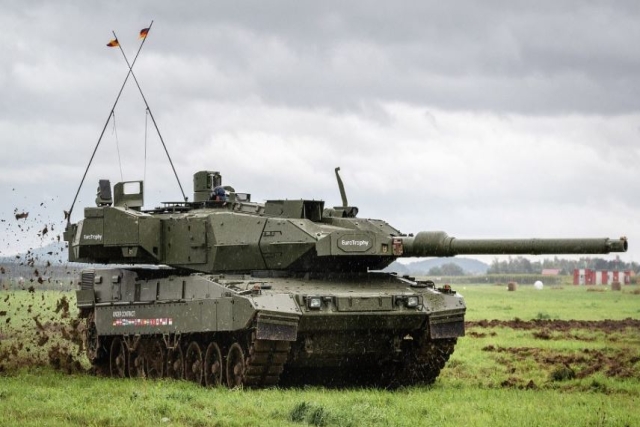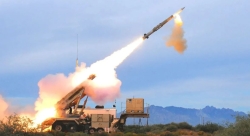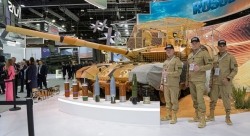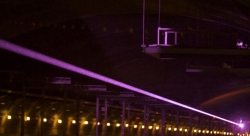Russia's Geran-3 Jet-Powered Kamikaze Drone Ready for Operations
New drone features faster speed, upgraded guidance, and enhanced payload for strategic strikes
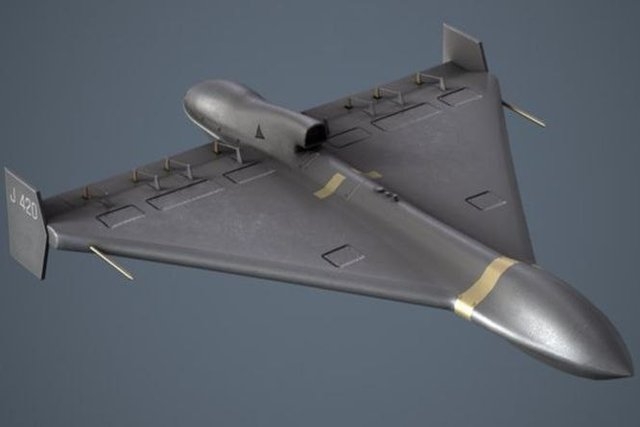
Russia has announced that its new jet-powered kamikaze drone, the Geran-3, has reached operational combat readiness, bringing significant upgrades in speed, power, and targeting capabilities over its predecessor, the Geran-2.
The Geran-3 is not just a rebranding of the Iranian Shahed-238, as some speculate, but a heavily modified version tailored for Russian combat requirements. Designed with high-speed precision attacks in mind, the drone has entered mass production and is now poised to be deployed on the battlefield.
According to Russian Arms telegram channel, the Geran-3 reaches speeds between 550 and 600 kilometers per hour, making it more difficult to intercept with traditional anti-drone weapons such as machine guns or short-range artillery. In attack dives, it can reportedly accelerate up to 700 kilometers per hour.
Options for infrared sensors and passive radar guidance enhance the drone's ability to bypass conventional air defense systems.
With a length of 3.5 meters and a wingspan of 3 meters, the drone can fly up to 9.1 kilometers high and remain airborne for up to two hours. Its combat weight is listed at 300 kilograms—six times heavier than the Geran-2—making it suitable for striking hardened targets such as bunkers, command posts, and industrial infrastructure.
Despite its advancements, the Geran-3 comes with trade-offs. The turbojet engine increases both manufacturing costs and thermal visibility, exposing the drone to infrared-guided missiles. Its higher price also limits the number of units that can be deployed compared to the cheaper, propeller-driven Geran-2.
Key Differences Between Geran-3 and Geran-2:
- Engine Type: Geran-3 uses a 250–300 kg-thrust turbojet engine, while Geran-2 relies on a piston engine with a maximum speed of about 200 km/h.
- Weight and Payload: Geran-3 has a total weight of 380 kg and a combat load of 300 kg, compared to the 250 kg weight and 50 kg payload of Geran-2.
- Design: Upgraded flying-wing architecture for improved aerodynamic performance.
The Geran-3 brings Russian drone warfare capabilities closer to those of cruise missiles in terms of payload and precision.
